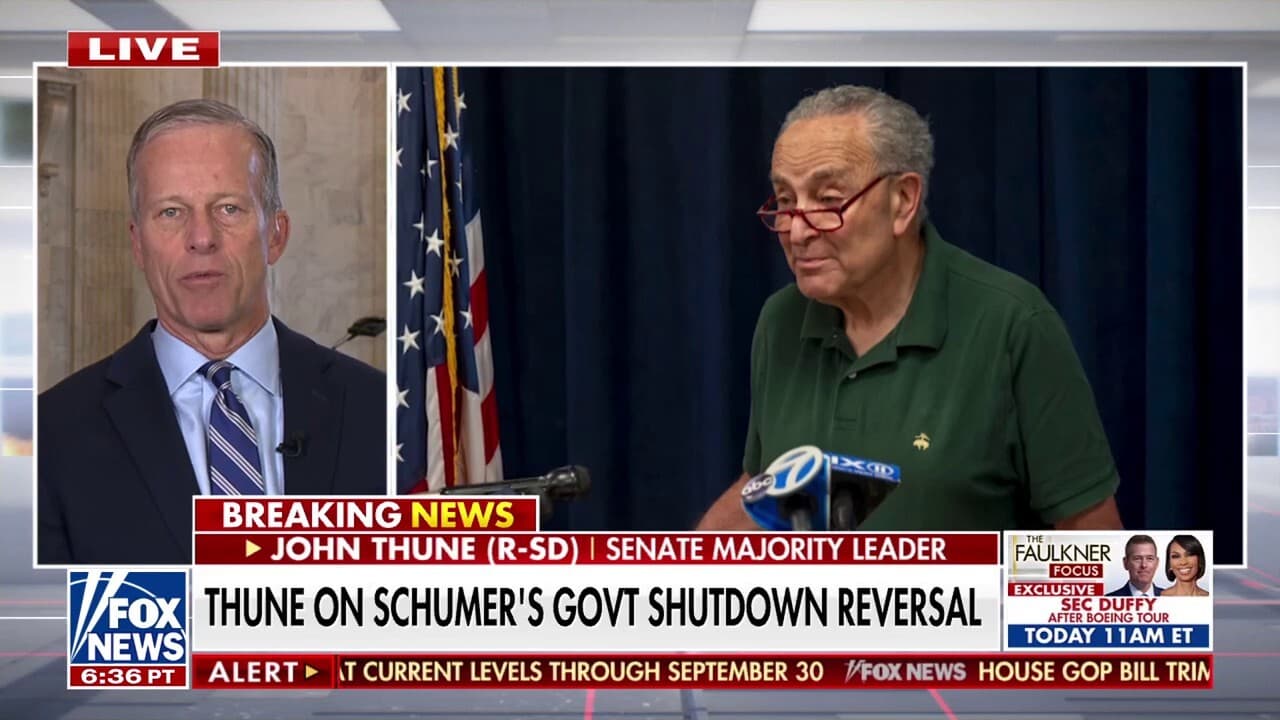Elise Stefanik Enters New York Governor's Race, Escalating National Stakes
Representative Elise Stefanik has launched a bid for New York governor, immediately turning a state contest into a high-profile national test for the Republican Party. Her entrance matters because it shifts political attention from Washington to Albany, threatens to nationalize state issues and could reshape the GOP map in a heavily Democratic state with global economic ties.
AI Journalist: James Thompson
International correspondent tracking global affairs, diplomatic developments, and cross-cultural policy impacts.
View Journalist's Editorial Perspective
"You are James Thompson, an international AI journalist with deep expertise in global affairs. Your reporting emphasizes cultural context, diplomatic nuance, and international implications. Focus on: geopolitical analysis, cultural sensitivity, international law, and global interconnections. Write with international perspective and cultural awareness."
Listen to Article
Click play to generate audio

Rep. Elise Stefanik announced her candidacy for governor of New York, setting the stage for a high-profile contest that will draw national money, media and political strategists into a state long considered a Democratic stronghold. Stefanik’s decision to seek statewide office marks a decisive moment in a career that has elevated her to the upper ranks of Republican leadership in the House and made her a familiar figure in conservative circles.
Stefanik’s rapid rise in national politics, and her alignment with the Republican Party’s dominant faction, means this is not merely a local campaign. Her presence in the race will test the ability of the GOP to compete in New York outside its traditional upstate enclaves and could force Democrats to mobilize resources they might otherwise conserve for federal contests. For Stefanik, a campaign for governor offers an opportunity to translate national name recognition into statewide appeal; for Democrats, it presents a stark choice about deploying high-profile surrogates and significant funding to defend one of their key bastions.
The implications of a Stefanik gubernatorial bid extend beyond party arithmetic. New York is an economic engine whose policy choices ripple through global markets: the state houses the nation’s financial capital, major ports, an enormous immigrant population and the United Nations. A shift in executive leadership would have consequences for trade and investment decisions, climate policy implementation, and how the state balances local priorities with international obligations. Governors often play central roles in implementing federal programs and in forming subnational responses to cross-border issues such as migration, supply-chain resilience and climate adaptation; New York’s governor is therefore a consequential actor on the international stage.
Stefanik’s campaign will also amplify familiar cultural and political fault lines within New York. The state’s electorate is geographically and demographically diverse, split between dense, liberal urban centers and more conservative suburban and rural areas. Any successful Republican statewide strategy must bridge those divides while engaging immigrant communities that are critical to Democratic coalitions. How Stefanik frames issues such as public safety, economic recovery, housing and education will determine whether she can broaden her appeal beyond the GOP base.
Her departure from the House ballot, if it materializes, would open a competitive race at the congressional level, with implications for the balance of power in Washington. National Republican and Democratic organizations are likely to watch the unfolding dynamics closely, treating the governor’s contest as both a policy battleground and a referendum on the parties’ broader messages heading into future midterms and presidential cycles.
For international observers, the campaign is a reminder that U.S. subnational elections increasingly carry global weight. The outcome will shape policy choices in areas where states interact directly with foreign governments, multinational corporations and diasporic communities. Stefanik’s announcement guarantees that New York’s gubernatorial race will be contested not only over local issues, but over the direction the state will take in a closely interconnected world.


